Now let's forget what Steve Jobs advocated. Since the introduction of the first iPhone, a lot of water has passed and trends are clearly developing. Bigger may not mean better, but bigger clearly offers more. The bigger the display you have, the more content you can fit on it, although sometimes at the expense of usability. If Apple actually introduces this year iPhone 14 Max, will be a massive sales success.
Apple tried it. Unfortunately maybe not too happily. He did listen to the users and brought the iPhone mini, but his sales numbers soon showed that those who shouted the most, in the end, could not "sustain" such a model at all. In addition, the trend of other sellers is exactly the opposite. They are constantly trying to get bigger, even a dog won't bark at their small phones. Apple can now finally learn a lesson and try to keep up with other manufacturers at least a little.
Just two months after the iPhone 12 series went on sale, a report from analysts at CIRP showed that the mini model accounted for only 6% of sales, while the iPhone 12 took 27%, while the iPhone 12 Pro and iPhone 12 Pro Max each had 20%. Most did not even expect that we would see an iPhone 13 mini.
It could be interest you
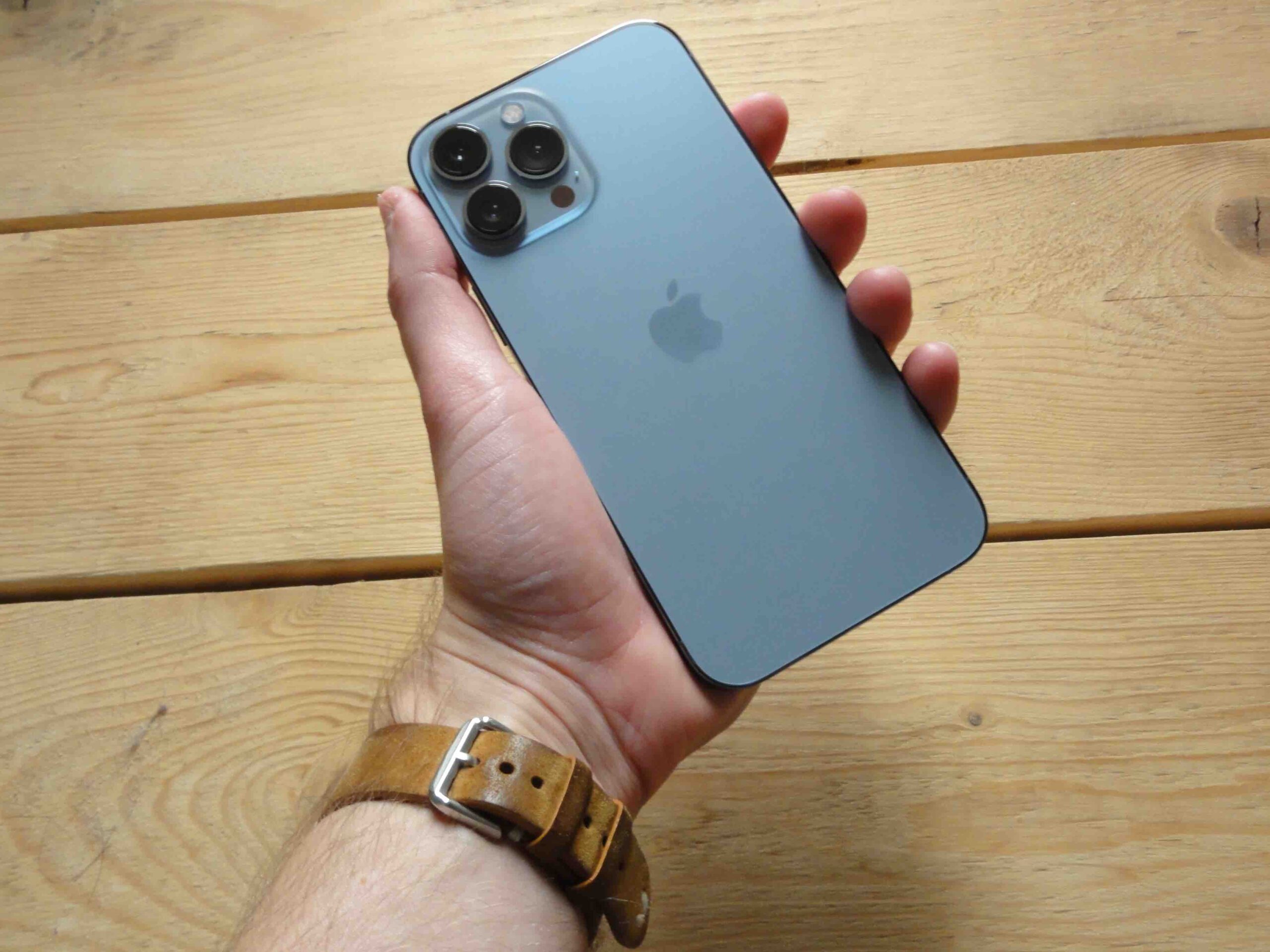
Gradual increase
It was only the iPhone 5 that brought an increase in the display. It continued through the Plus models, for frameless iPhones it is the designation Max. But before Apple presented only two new phones of the same series, now there are four. But we are pointing out that if you want a large display, you actually only have a choice in the Pro Max variant, when the overwhelming majority of users do not need the Pro designation. September is already around the corner, and there is more and more information that this year Apple will cut the mini model and, on the contrary, bring the Max model in the basic designation. And it's absolutely the right decision.
Small phones may have been cool in their day, but now they're simply outdated. Nowadays, even a basic iPhone or a smaller model of the iPhone Pro can actually be considered a small phone, since both have the same 6,1" screen size. But the Android world is mostly moving up, and Apple fans may find it annoying that larger devices simply look more exclusive. After all, for many years Samsung has been pursuing a strategy of introducing three phones of its Galaxy S series, which differ in display size, and in recent years, over time, it has also come up with a "fan" edition that expands this series by one more size (and then, of course, has billion models of the A and M series, which scale display sizes by almost 0,1").
It could be interest you

Price and features
If Apple comes out with an iPhone 14 Plus or 14 Max that achieves the same screen size as the iPhone 13 Pro Max but lacks those "Pro" features, it will be a clear sales hit. Customers will be able to buy a larger phone for less money than the Pro Max version, which does not even use many of its functions, they just require its larger display. Yes, it will probably still have a cutout instead of the holes expected from the 14 Pro models, but that's the least of it.
But it will be very important for Apple to balance the differences between the basic and Pro version. Now there were only 6,1" models directly competing, when the customer decided whether to use all the added options in the case of the Pro model, and if his answer was "no", he went for the model without this moniker. Those who wanted the largest possible display had nothing to think about. Now, however, it is quite possible that the popularity of Apple's currently biggest phone will decline, because it will have a worthy competitor in its own stable, which will be cut down on functions, but will also be cheaper.
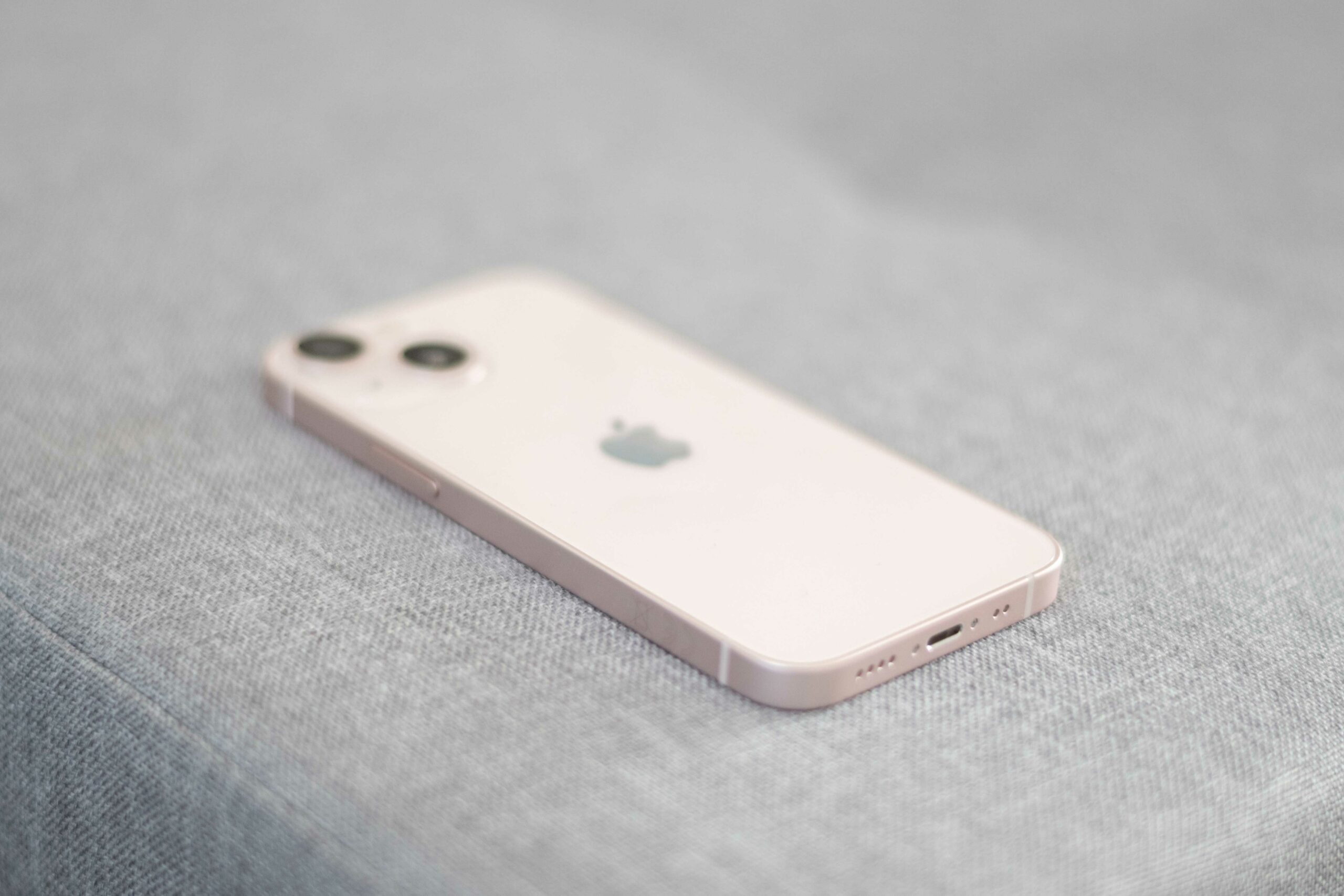

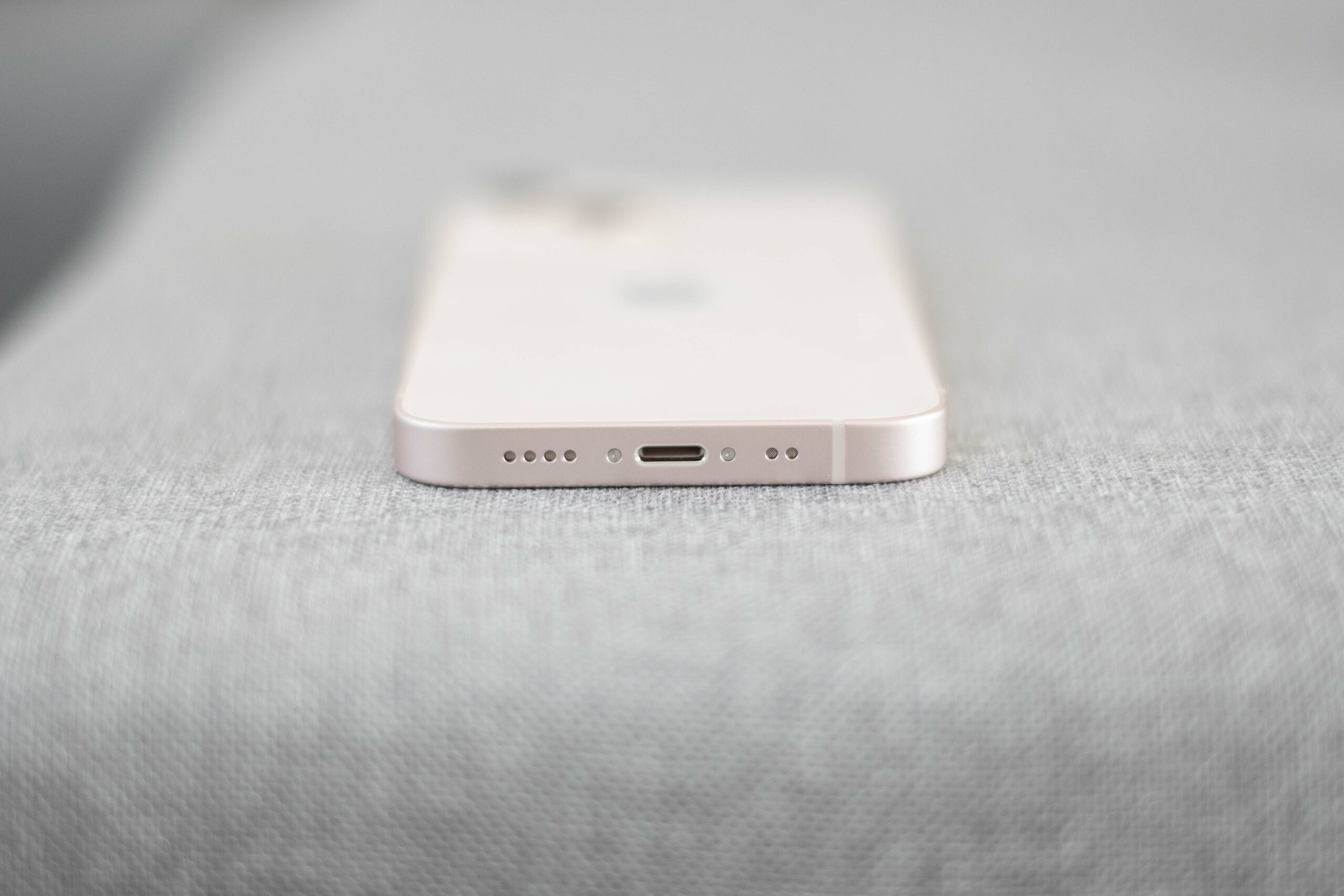
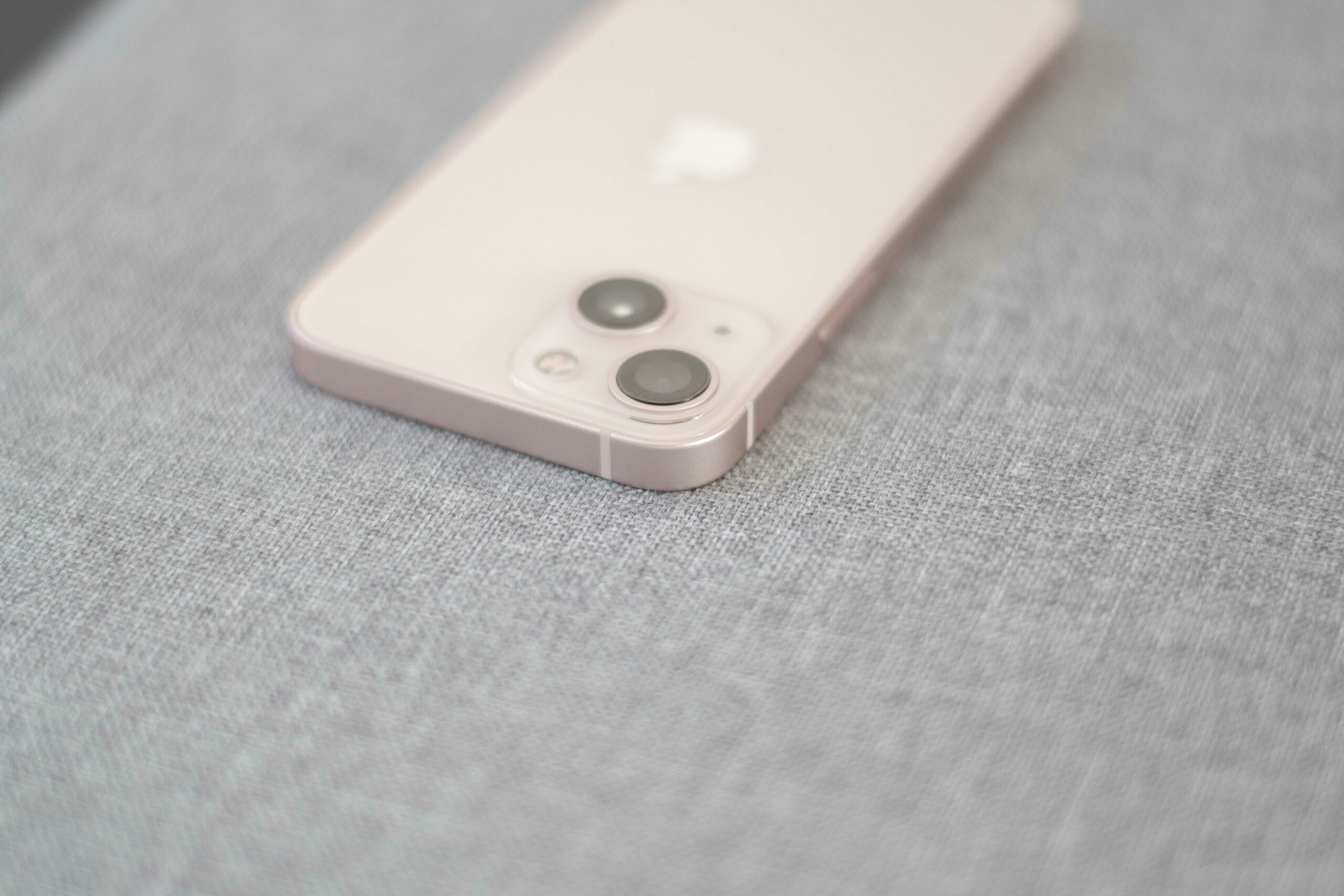

 Adam Kos
Adam Kos 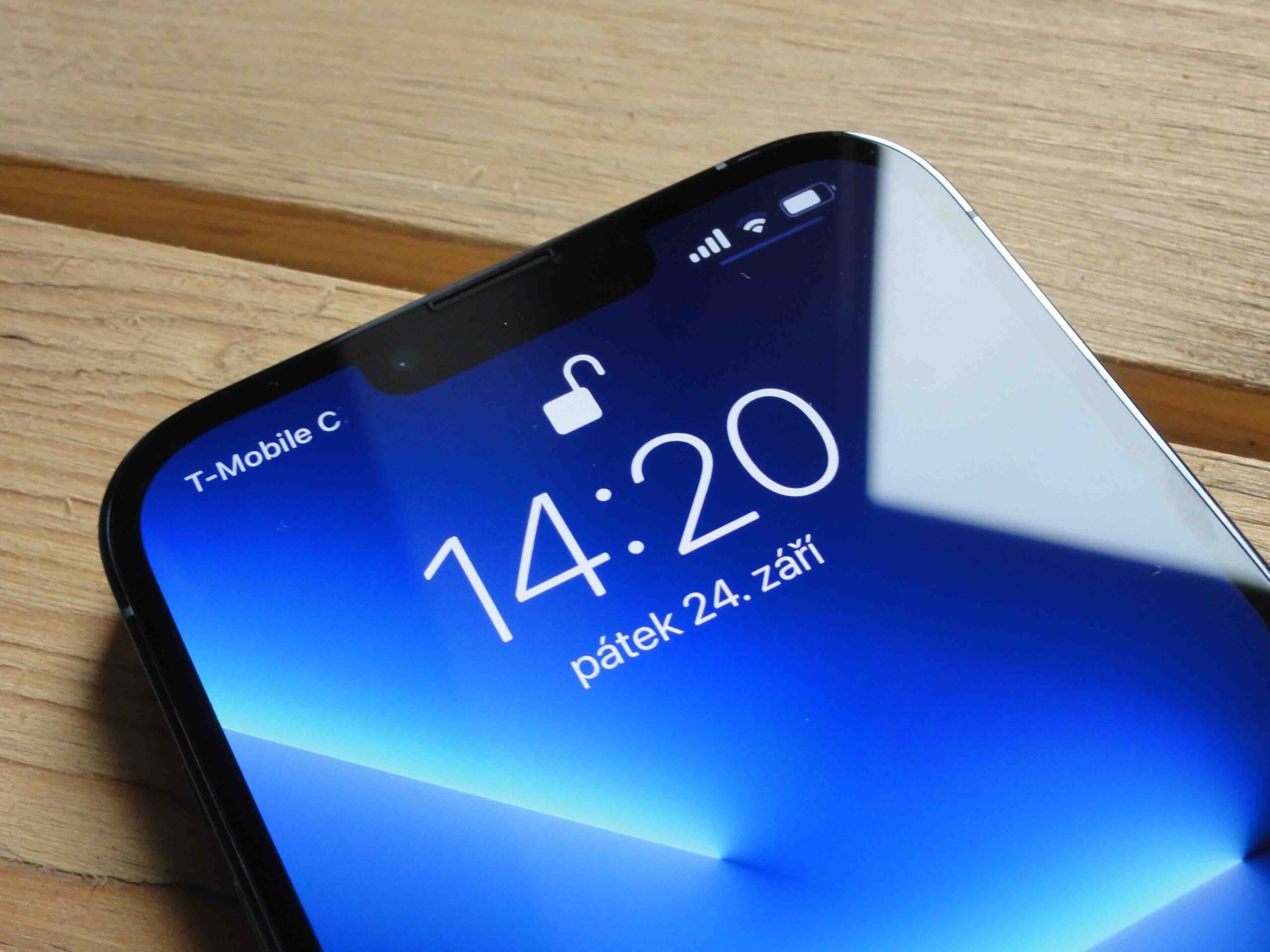
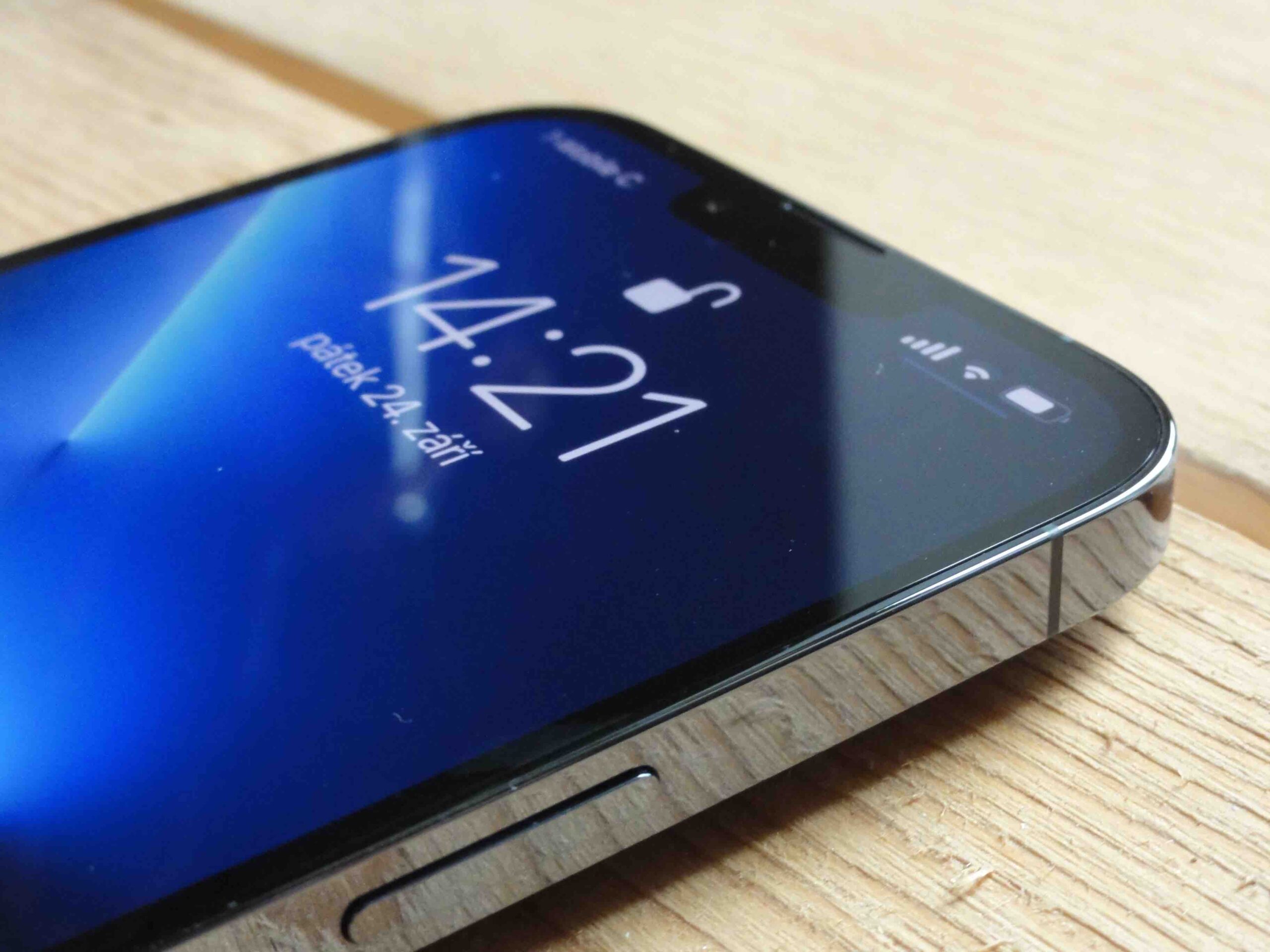
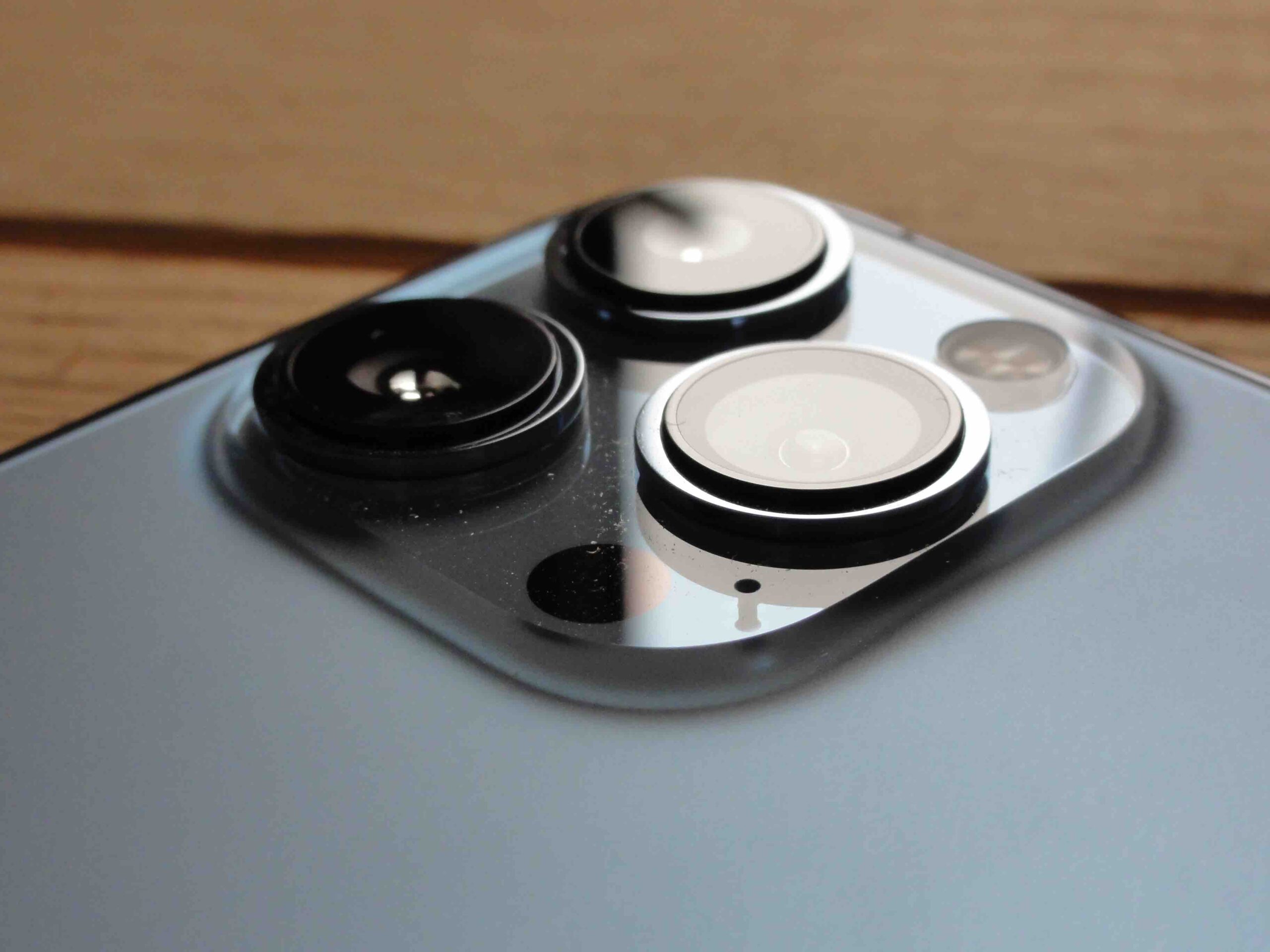
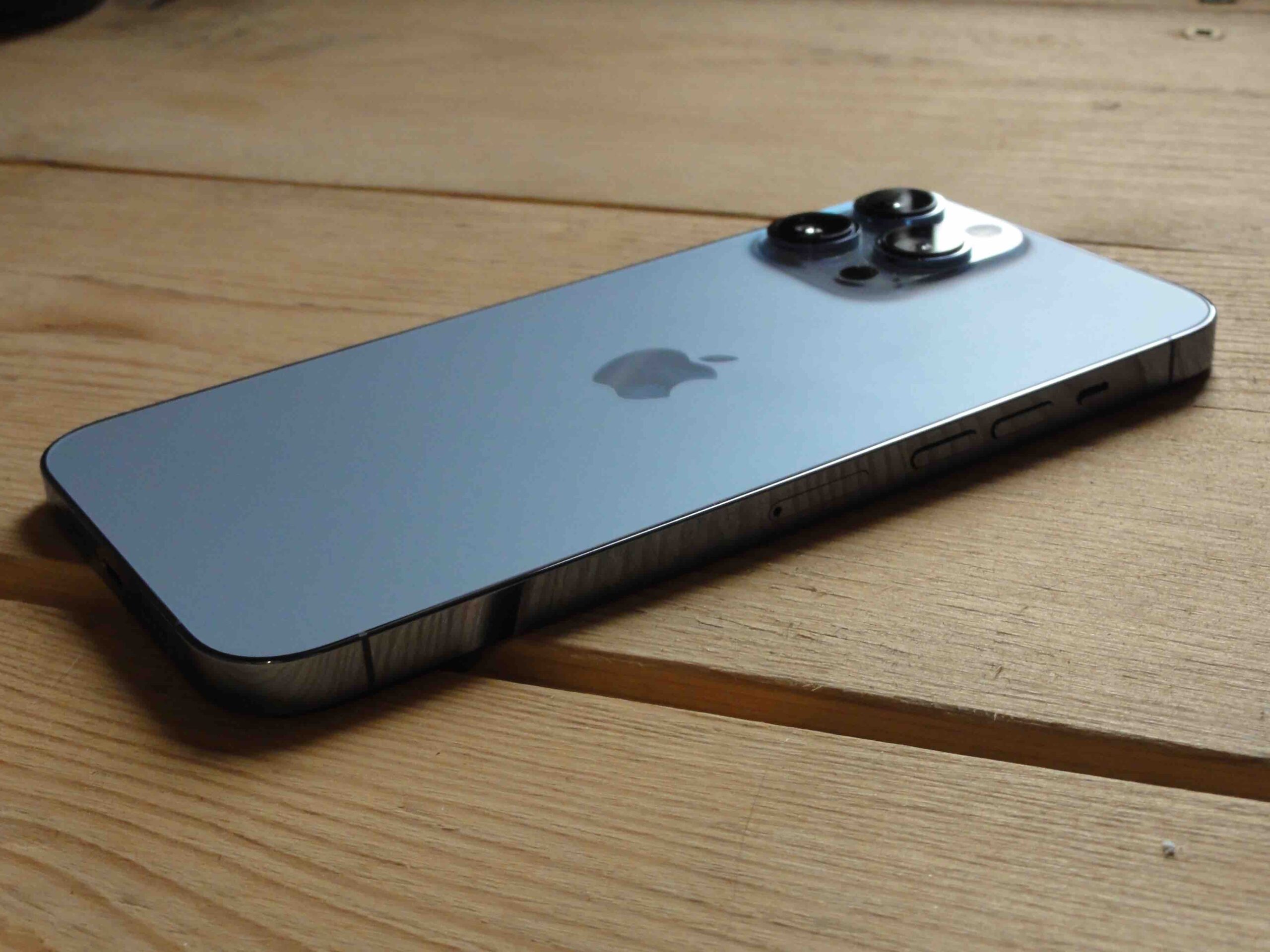



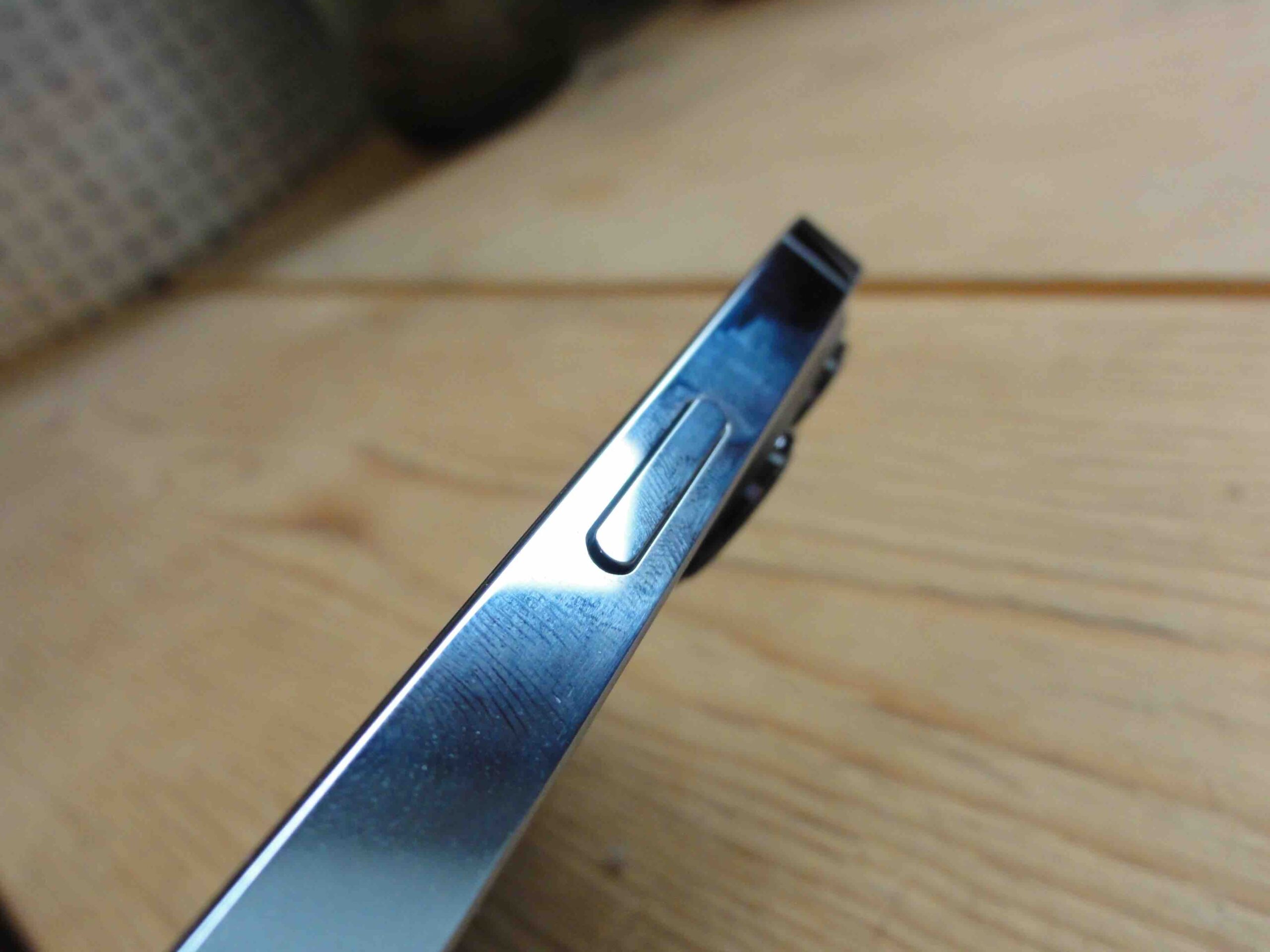
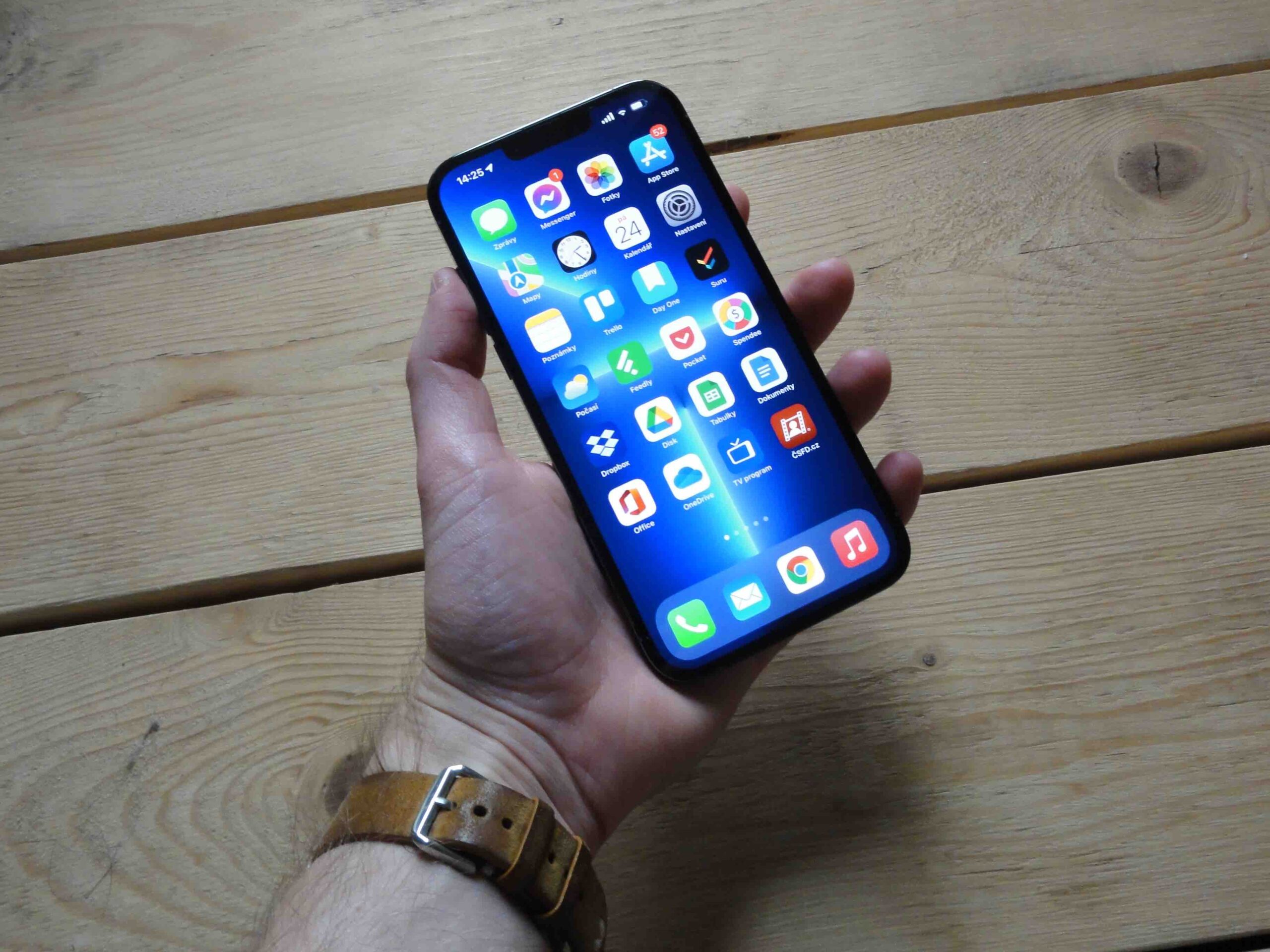
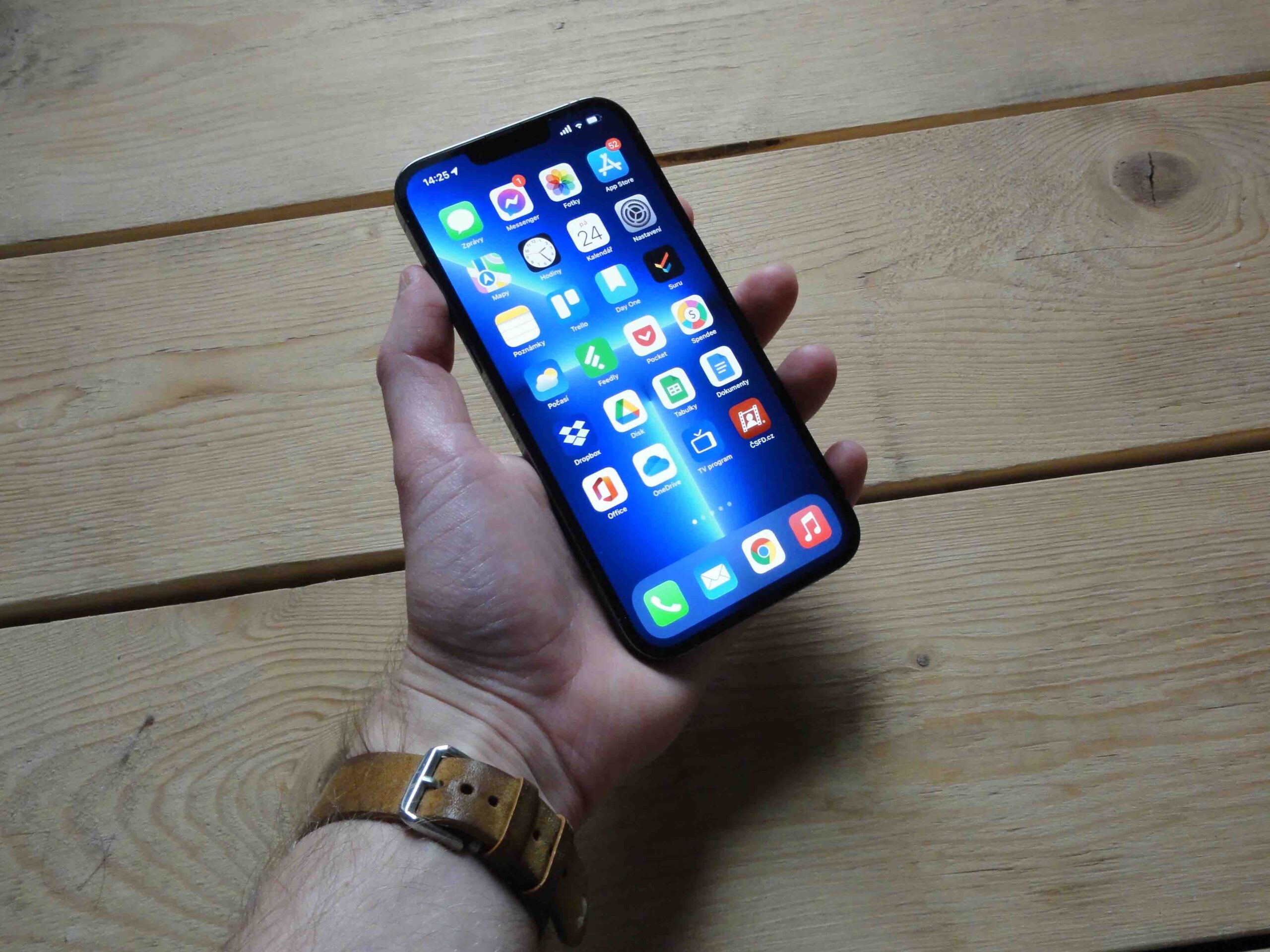
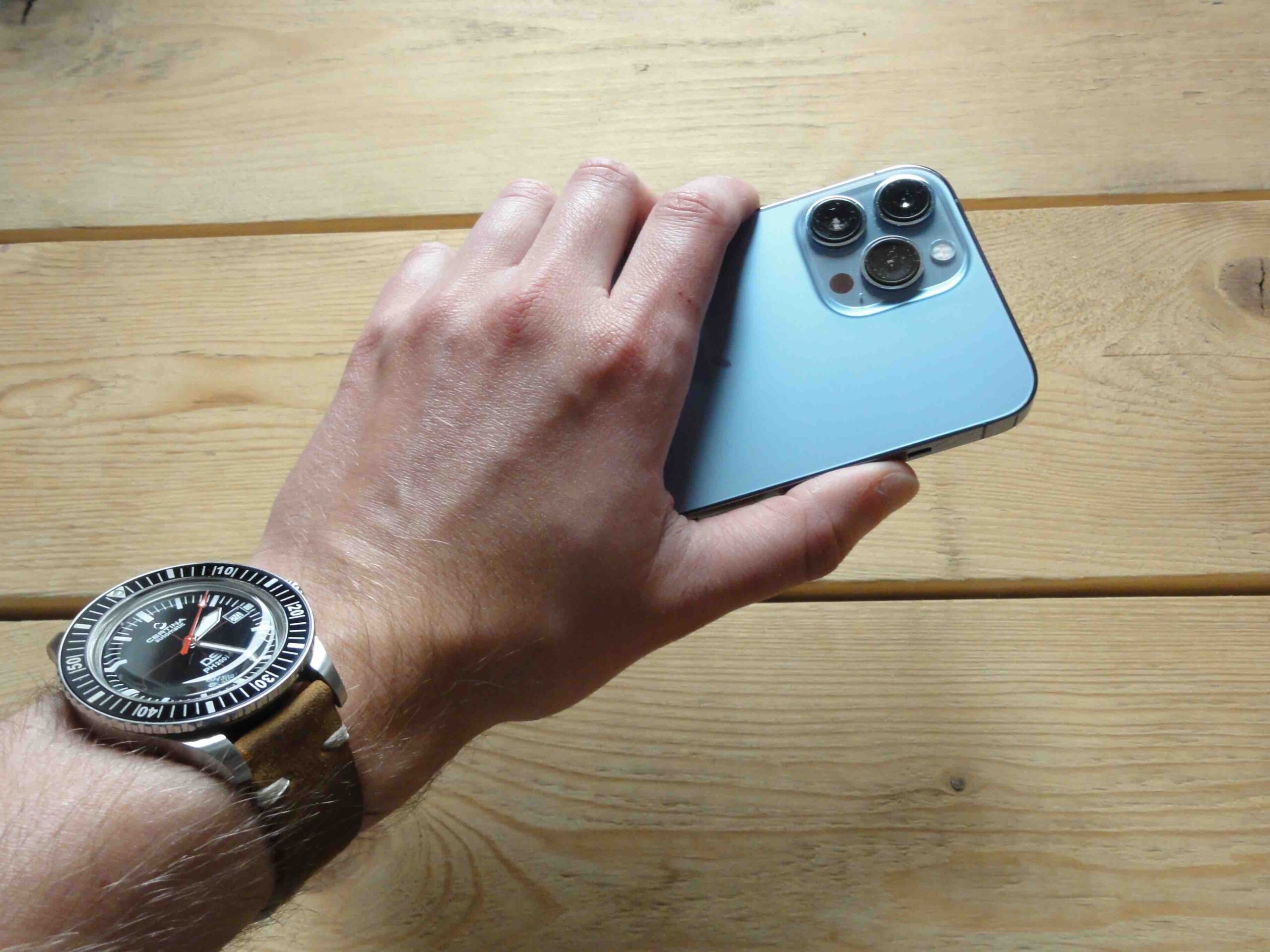
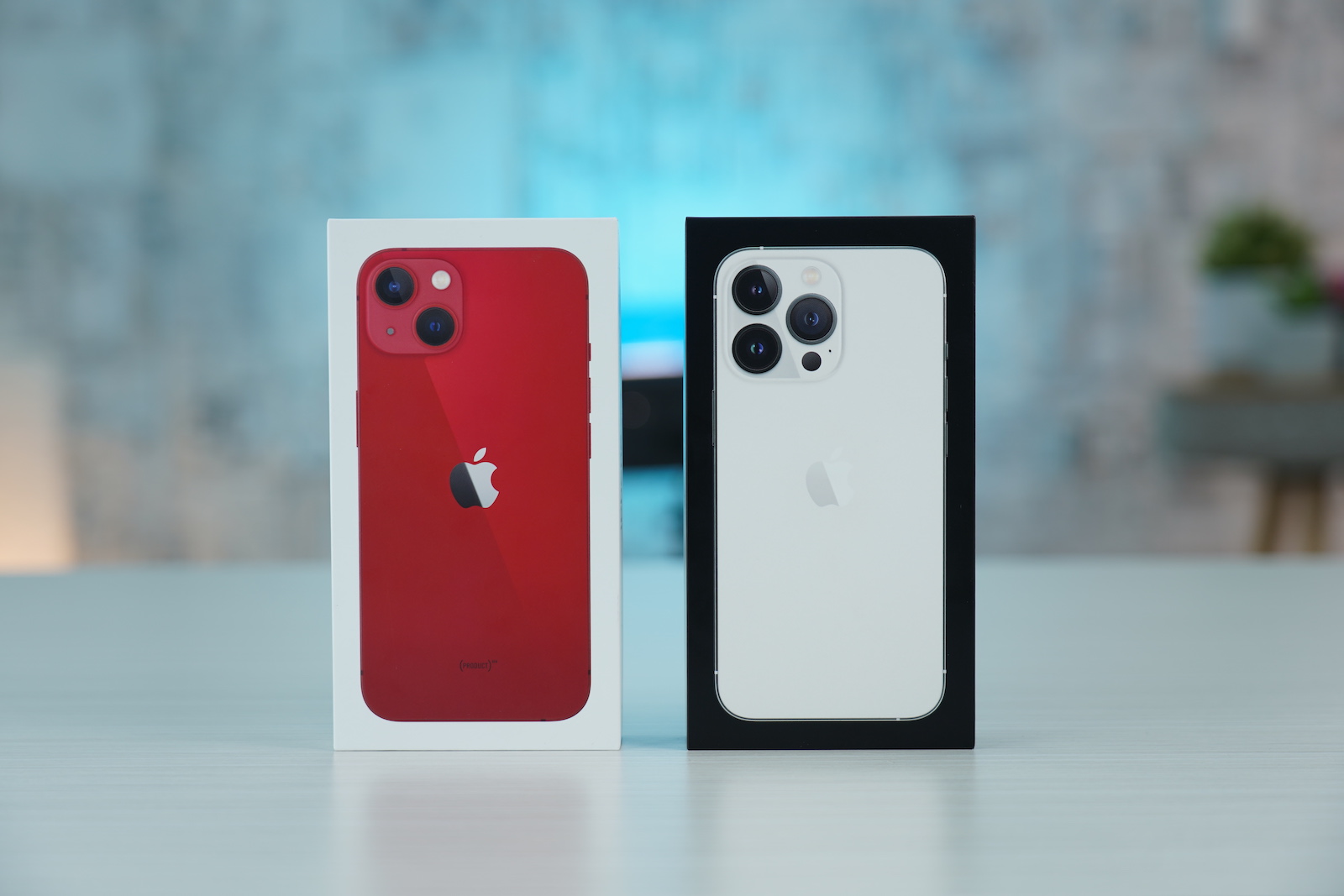
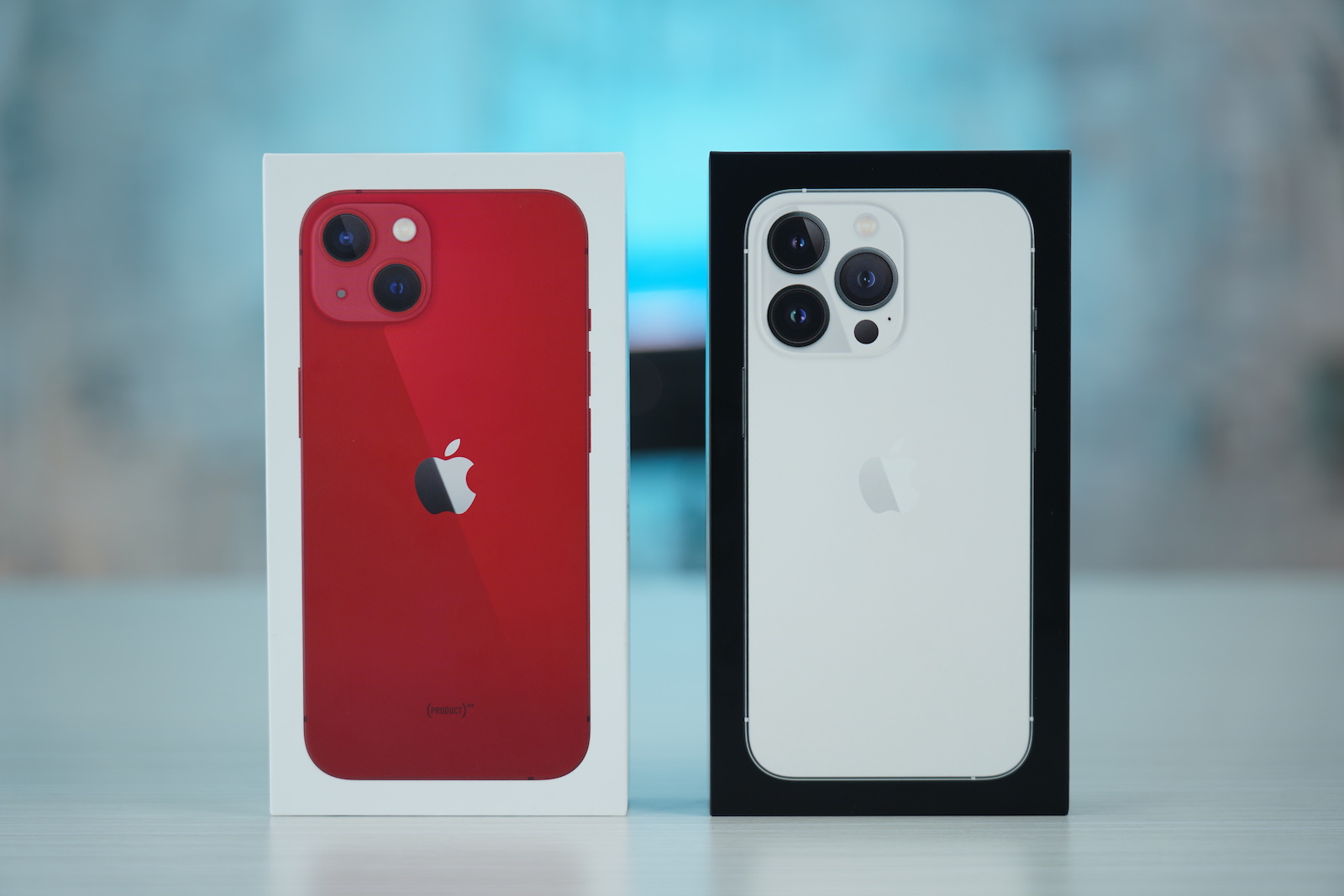
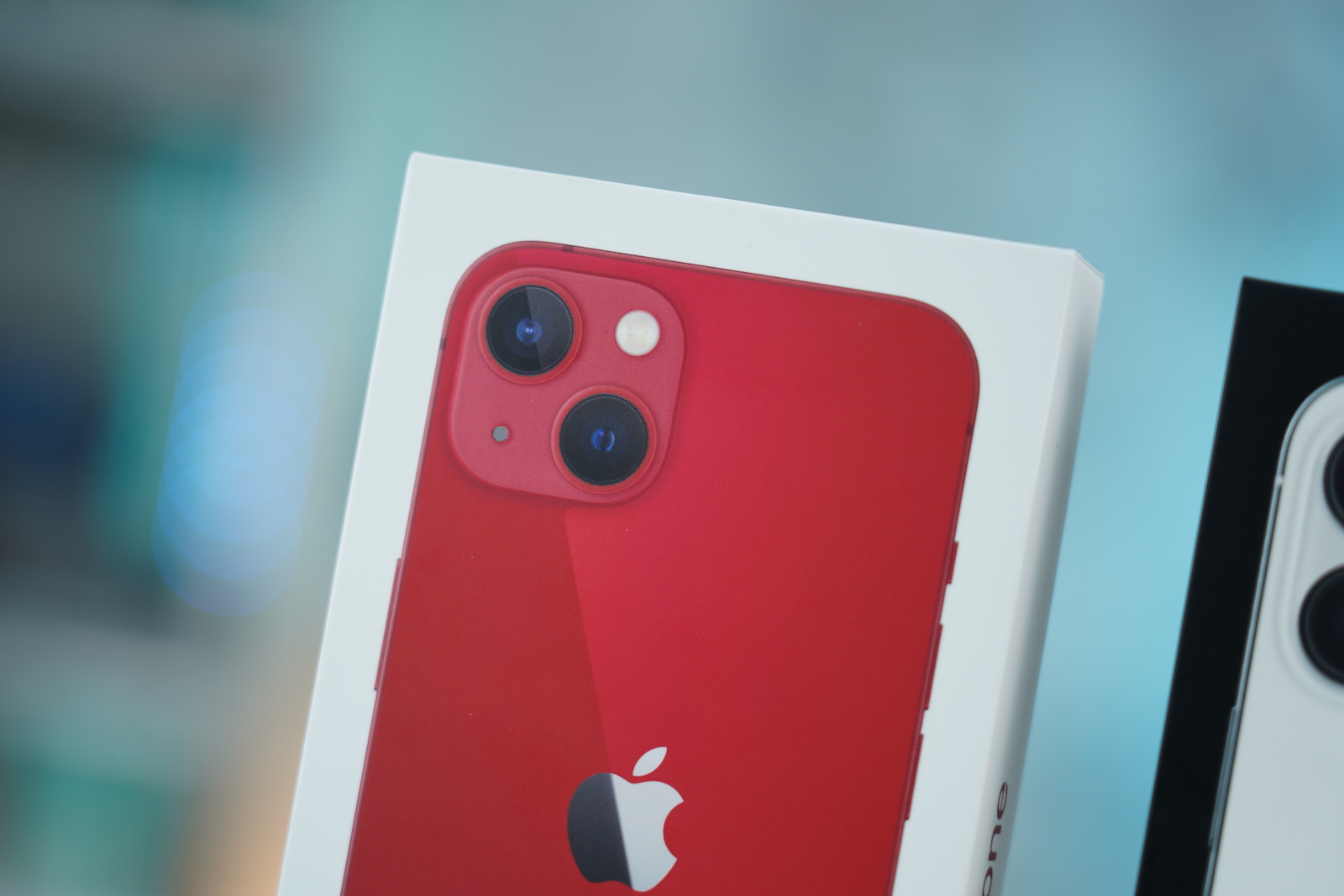
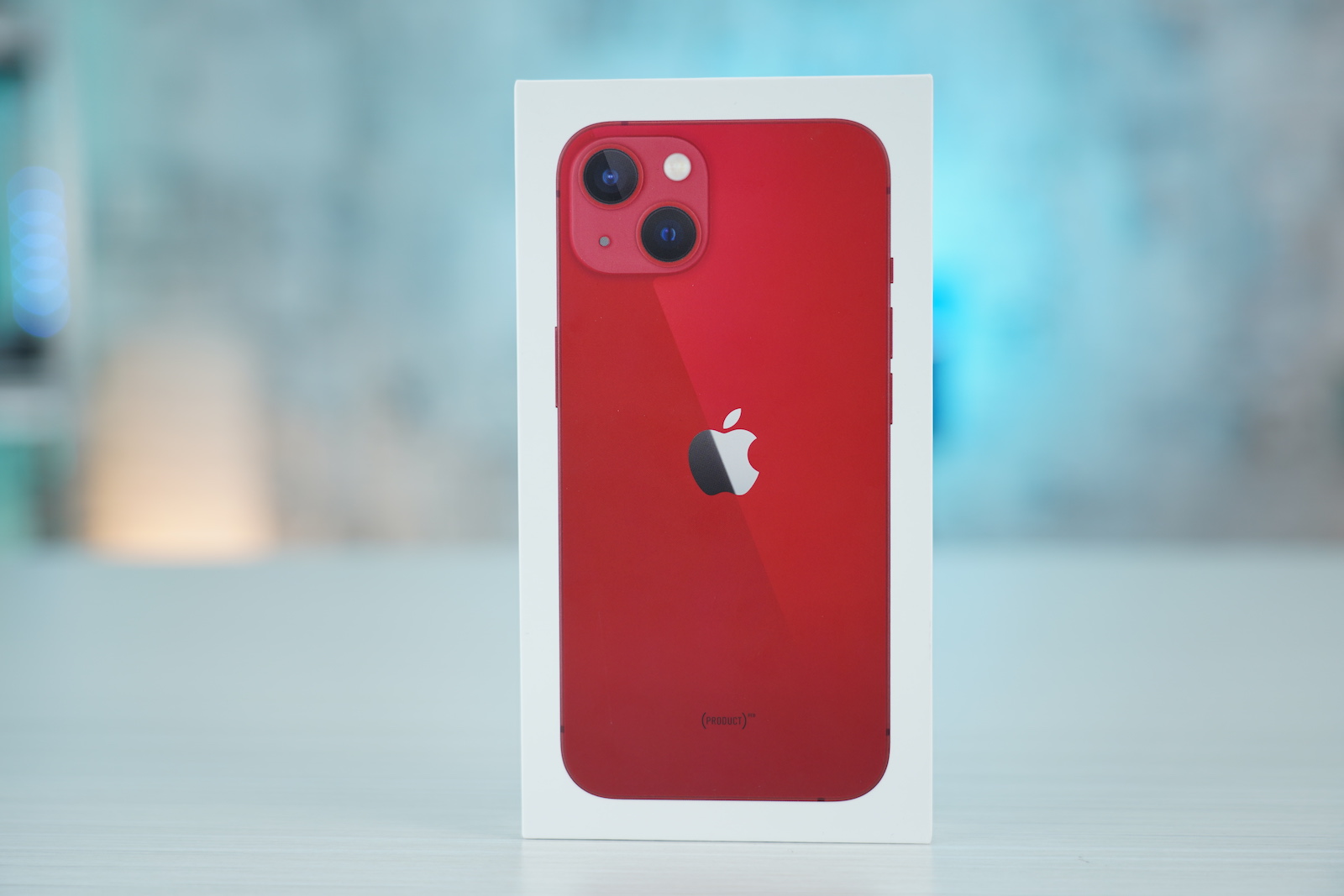
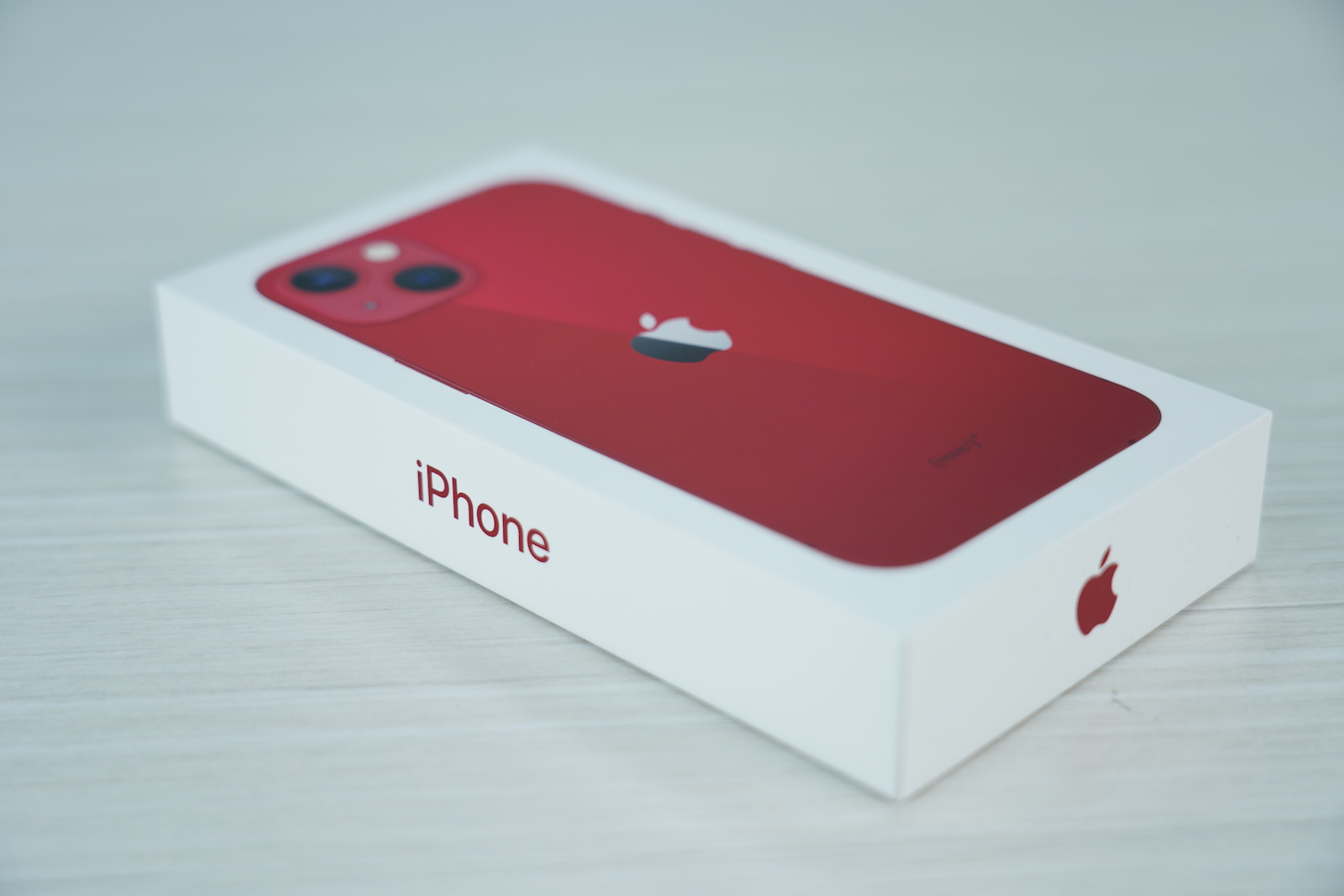
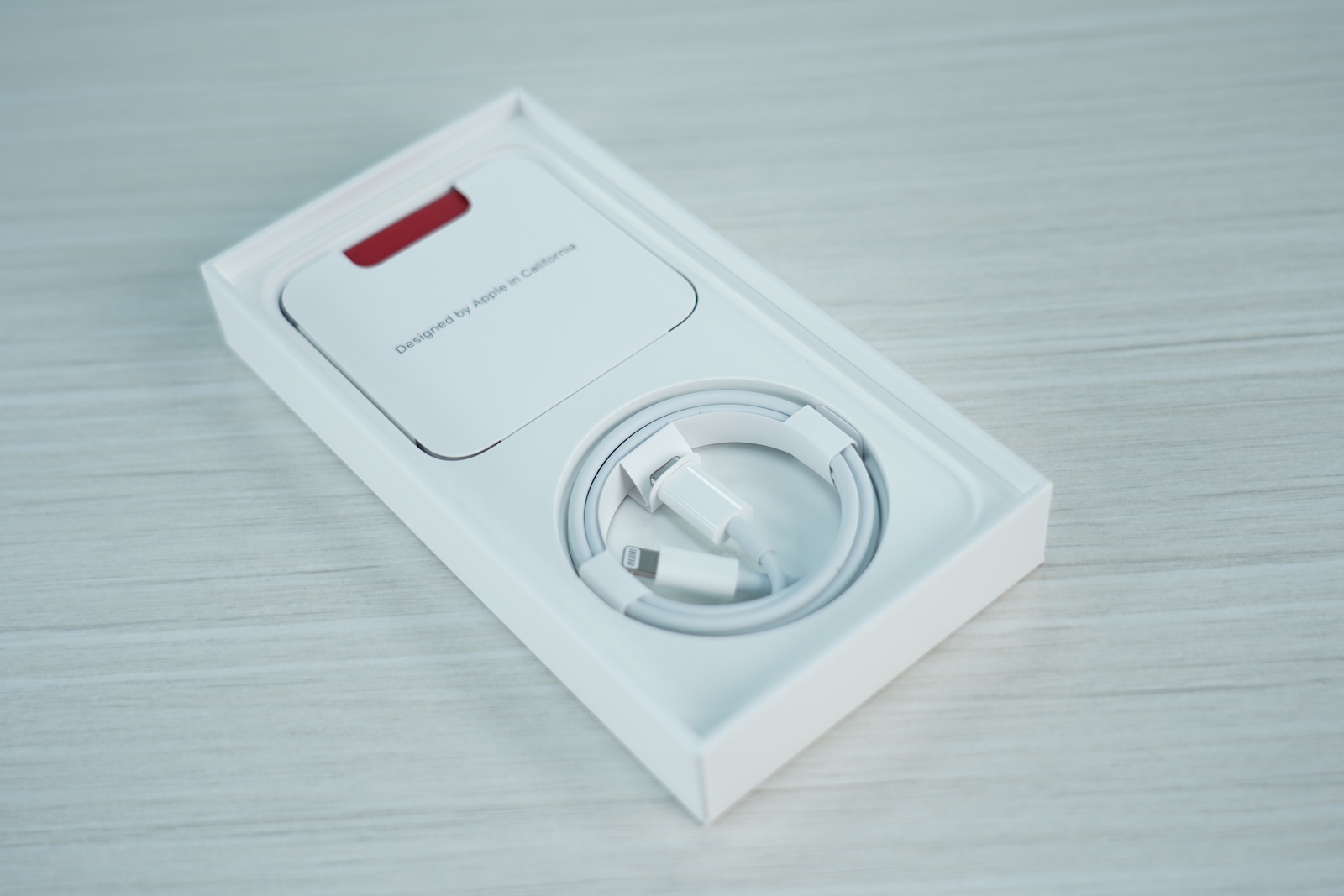
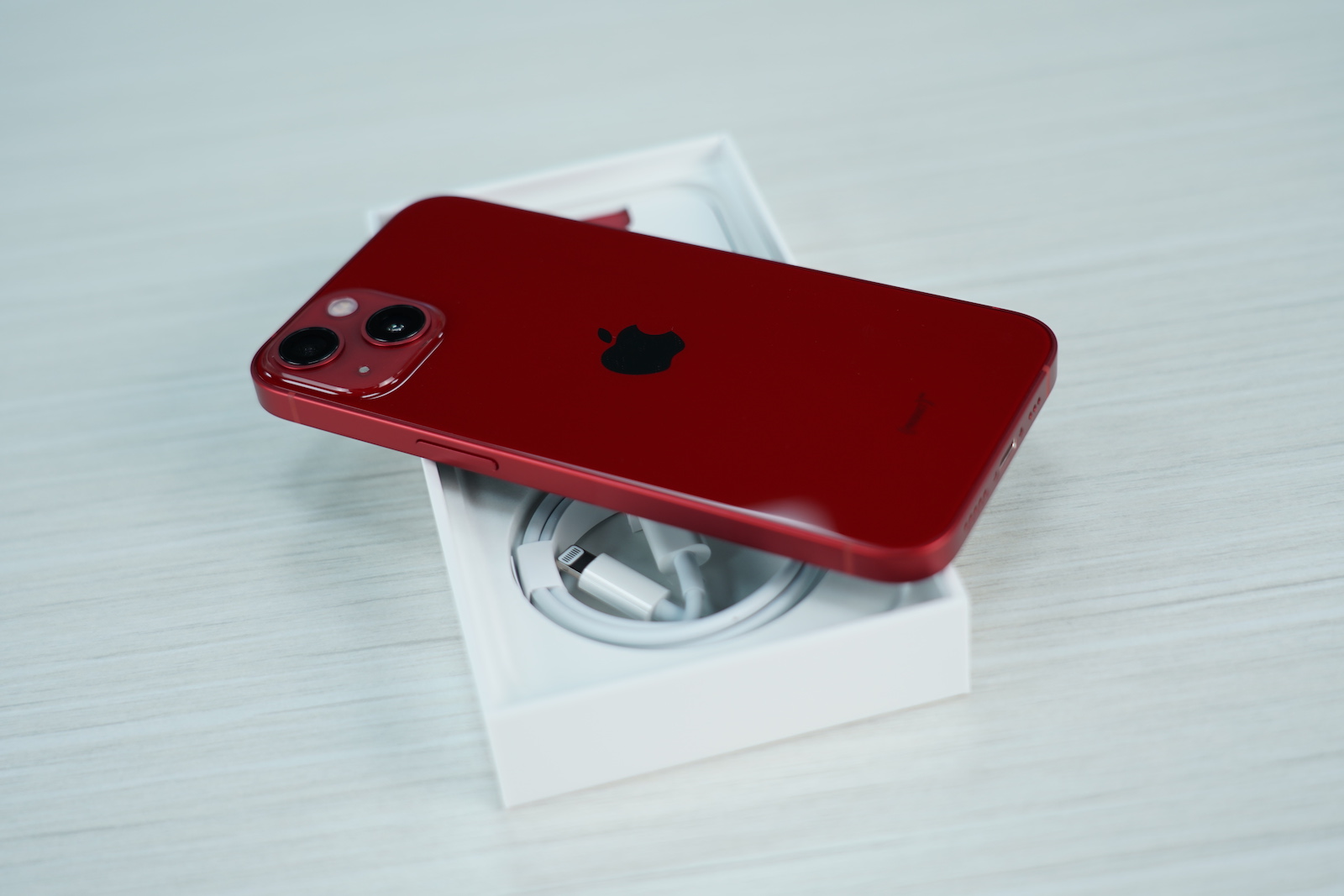
Well - for me - even though I made it to size 6,1 - I wouldn't want those huge pancakes that can't even fit in my suitcase, even by mistake. I just happily got rid of one in size 6,67. Have a nice day everyone 😉
Maybe if the body from the iPhone SE 3th was used and fitted with a 60Hz OLED panel that would be similar to the 12 mini or 13 mini, maybe the iPhone "Compact" segment could still be maintained. The battery capacity can be increased to 3mAh in the body of the SE 2850th, even while maintaining its size, but Apple would have to use a different composition of chemicals, which is now used in the production process of the current cells... In my opinion, there are many users who like Touch ID, and as we have already seen from the iPad, this can also be used on the iPhone. That is, unlocking the phone with a fingerprint in the power button, with the option: Code + Face ID / Code + Touch ID, while maintaining the user's choice... Even while maintaining the price of approx. -/16.000GB/4GB... Purely my opinion, but experience with technology combined with "Common sense" would choose this path. However, Apple means and aims differently, and maybe that's a shame...